Yankuba Minteh: What next for the Newcastle United's rising star?
Following a successful loan spell under Arne Slot at Feyenoord, I wanted to take a deeper look at whether the player is ready for the Premier League...
Bought by Newcastle United last summer for just £7m with add-ons and sent out on loan to Feyenoord for the 23/24 season, Yankuba Minteh’s future is a fun topic of conversation.
The 19-year-old, left-footed, Gambian winger is a physically gifted forward with exciting dribbling skills who had 16 goal contributions in all competitions for Arne Slot’s team. It makes for the sort of highlight reel that Dennis Wise would’ve done his scouting on. While this is obviously encouraging, it doesn’t necessarily mean the inexperienced player is ready for the Premier League.
So with that context in mind, let’s explore whether Minteh is ready for EPL football next season.
Player Data Overview
One of the virtues of collecting performance data is that it can quickly be used to visualize the strengths and weaknesses of a player’s game. By selecting the right data points, referred to as “metrics,” which define a given position, and selecting the appropriate range of values for each metric, you can use a radar visualization to make it easier to assess a player relative to their peers.
In the radar above, when compared to the average player in his position in Europe’s top five leagues 🔵, Minteh’s performance 🔴 is eye-catching. He’s well above average in several areas per 90 minutes (or per game, if you prefer) that you’d want for an attacking wide player:
Finding space
Dribbling & ball-carrying
Shooting
Creating chances for others
Defensive work rate
But there are a couple of areas of concern:
Ball retention
Winning freekicks
Using a mix of more data and watching videos of the player, I’m going to take a deeper look at each of these areas to see how excited Newcastle fans should be.
1. Finding space
Minteh’s underlying pace and athleticism make him a tough winger to control for defenders.
In the final third, this ability to sprint to create separation - or force his marker to respect his speed - contributed to 64% of his ball receipts in the final third being in more than 5m of space, which is far higher than the average across the top 5 leagues.
Below you can see a heat map of those ball receipts. Note how much width the player generally keeps; this forces opposing defenders to choose to remain in a compact shape or engage him. Given Feyenoord’s relative standing within the Eredivisie, this helps disrupt any low block they face.
The number of ball receipts in-field is also worthy of comment. While it’s unsurprising to see a left-footed player drift to central areas from the right side, seeing quite so much activity inside the box, and this heat map is incredibly similar to Miguel Almiron's, suggesting he would be a good fit for Eddie Howe’s system.
2. Dribbling
One of the things that frustrates Newcastle United fans about Almiron is how he doesn’t make the most of dangerous situations that his movement generates. For Minteh, his ability to make the most of the same types of opportunities is underpinned by his dribbling and ability to beat his man 1 v 1.
Below is a heat map of all of Minteh’s completed dribbles, which in football data terms differs from a ‘carry’ by the act of actually beating an opponent with the ball rather than just outsprinting them.
Minteh succeeded in 60% of the 75 dribbles he attempted this season, beating his man 19 times inside the box. His ability to beat his man where it counts helps him create space in the most congested areas of the pitch, improving the chances of success for the shots or passes that follow.
3. Shooting
You can see a combination of his movement and his dribbling in Minteh’s xG (8.52) and actual goals (10) values. Observe just how many of the shots below are diamond-shaped (shots that follow a completed dribble) and the volume of chances central and beyond the penalty spot.
While the overall xG per shot is very high (0.14 xG per shot), this figure is somewhat boosted by some tap-ins that he perhaps wouldn't be afforded by teams in the Premier League.
4. Creating chances for others
By the same extension, you can see how Minteh’s ability to receive the ball in (or dribble his way into) the right side of the box. Again we see the diamond shapes here - though not quite as many - but at this stage of his career, Minteh’s assist numbers owe more to him getting into dangerous areas for cutbacks and his teammates' ability to take chances than his passing being exceptional.
5. Defensive work rate
Another area of interest is Minteh’s work rate without the ball. While he does need the help of more experienced teammates and the coaching staff to help him with his out-of-possession positioning and distances, when it comes to the simpler concept of chasing down the ball carrier, he’s shown a real appetite to graft.
More encouragingly, when we filter this visualization to only show the times when Minteh has won possession for his team, he has a high rate of doing so in the opposition half. His work in the press isn’t just lip service.
6. Ball retention
One area of real concern with Minteh - as it can be with lots of young flair attackers with a high-risk/reward playstyle - is the number of times he hands the ball back to the opposition.
At times Minteh’s first touch can get away from him. His determination to make his first action upon receipt of the ball a positive movement sometimes just plain hands the ball back to the opposition. If this were limited to the final third, it wouldn’t be a huge problem, but as his heatmap of miscontrols and dispossessions shows:
It happens in areas that could lead to counterattacks, and when you add in the context that Newcastle United concede more counterattacking shots (1.79 per 90) than any other Premier League team, it’s an issue that cannot be dismissed.
So what’s the answer here? Well, quite simply more experience. a large % of these issues are the result of underdeveloped - but improving - decision-making skills. Something which incoming Liverpool manager Arne Slot referenced in an interview in March:
”I think that his [Minteh] choices are already improving in the final phase. The bad thing for us is that if his choices become really good, he will probably no longer play for us.” Arne Slot, talking to Rondo
More minutes should lead to more consistency, but will Howe want him learning on the job in Europe’s toughest domestic league?
6. Winning freekicks
Another area that Minteh needs to improve on is his ability to win fouls. It’s actually pretty curious for a player that so gifted at dribbling to not be fouled a little more regularly in and around the box. Again this is probably down to inexperience more than anything else but is another little signal that perhaps making the jump to Premier League football wouldn’t be a simple plug-and-play affair.
How have other Eredivisie wingers fared in the EPL?
This brings me to my final point point here. Historically speaking, we’ve seen a very mixed bag of results of wingers making a successful leap from the Eredivisie to the Premier League and some very expensive failures.
The obvious one at the moment, is Man Utd’s Antony who was massively hyped before his expensive move to Old Trafford. Below you can see how Antony’s last season at Ajax 🔴 compares to Minteh’s this past season 🔵.
Note just how poor Antony’s xG per shot is here compared to Minteh. This should have been a warning flag to those sanctioning that expensive deal. Thankfully Minteh doesn’t have that issue but even so the winger’s overall struggles to adapt to the Premier League are something of a warning sign that a smooth transition to a higher level isn’t guaranteed.
There are, of course, other examples of players that have made this leap. Steven Bergwijn was another who moved and struggled to adapt.
Both serve as examples to show that league quality matters and that judging when a player - however gifted you may think they are - is ready to move up to a higher level of football is not a simple case of just trusting the numbers will translate or that your scouts have it right.
Conclusions
Projecting Minteh’s success in the Premier League from a single season in the Eredivisie is incredibly difficult. As the examples of Antony and Bergwijn show, the range of outcomes for talented young wingers making that leap is fairly wide.
One of the reasons that data analysis has become a valued part of player acquisitions is that it complements the ‘eye test’ or more traditional scouting, which time and again has fallen foul of overconfidence in talent evaluation.
It is why no matter how much I like or get excited by a player, I try to challenge myself to think about the worst-case scenario about their performances at Premier League level. It’s also why managers like Eddie Howe are happy to pay the premiums associated with proven Premier League players.
In Minteh’s case, I don’t think we have seen enough or have enough performance data to know for sure how well he’ll adapt. If I were part of the coaching team at Newcastle United, I’d want to see how he fared as part of the first team group to see where any additional holes in his game were before making any final decision. However, given his relative lack of professional experience and exciting development to date, it feels optimal for me to find him a loan deal at either a bottom-half-of-the-table Premier League team, a top-6 Championship side, or in another top-5 league, rather than limiting his minutes.
Whatever the outcome, it’s clear that whatever happens next with Minteh, Newcastle United’s recruitment team stuck the landing on this deal. Minteh is clearly a talented young player who, at worst, will be sold for a tidy profit and, at best, will become a first-team player for a little over £7m.

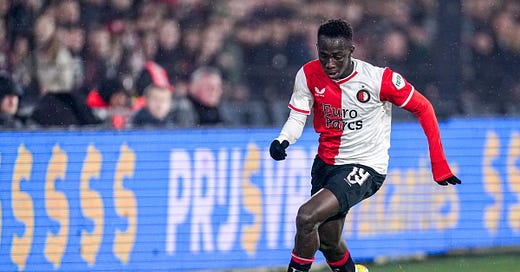



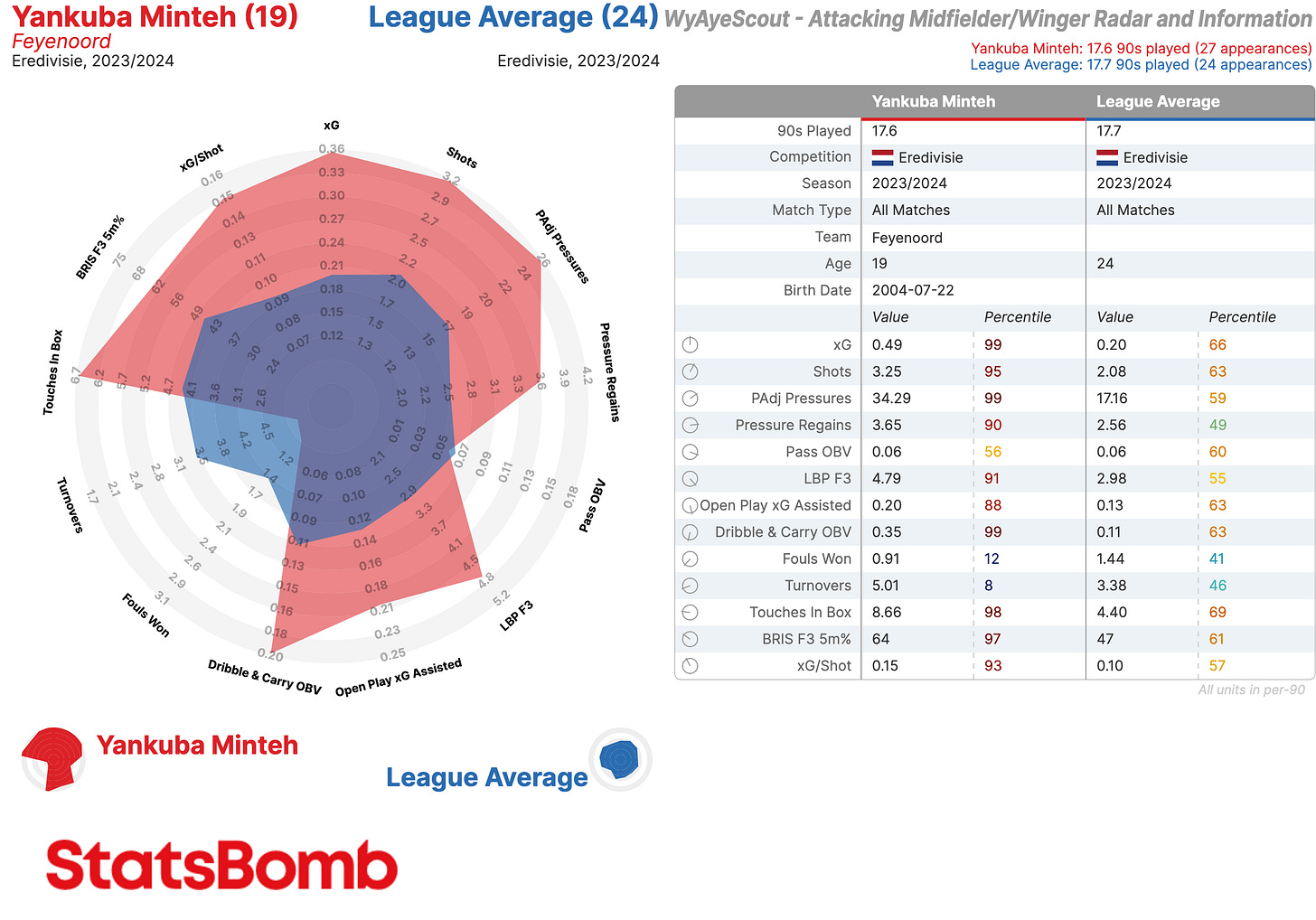
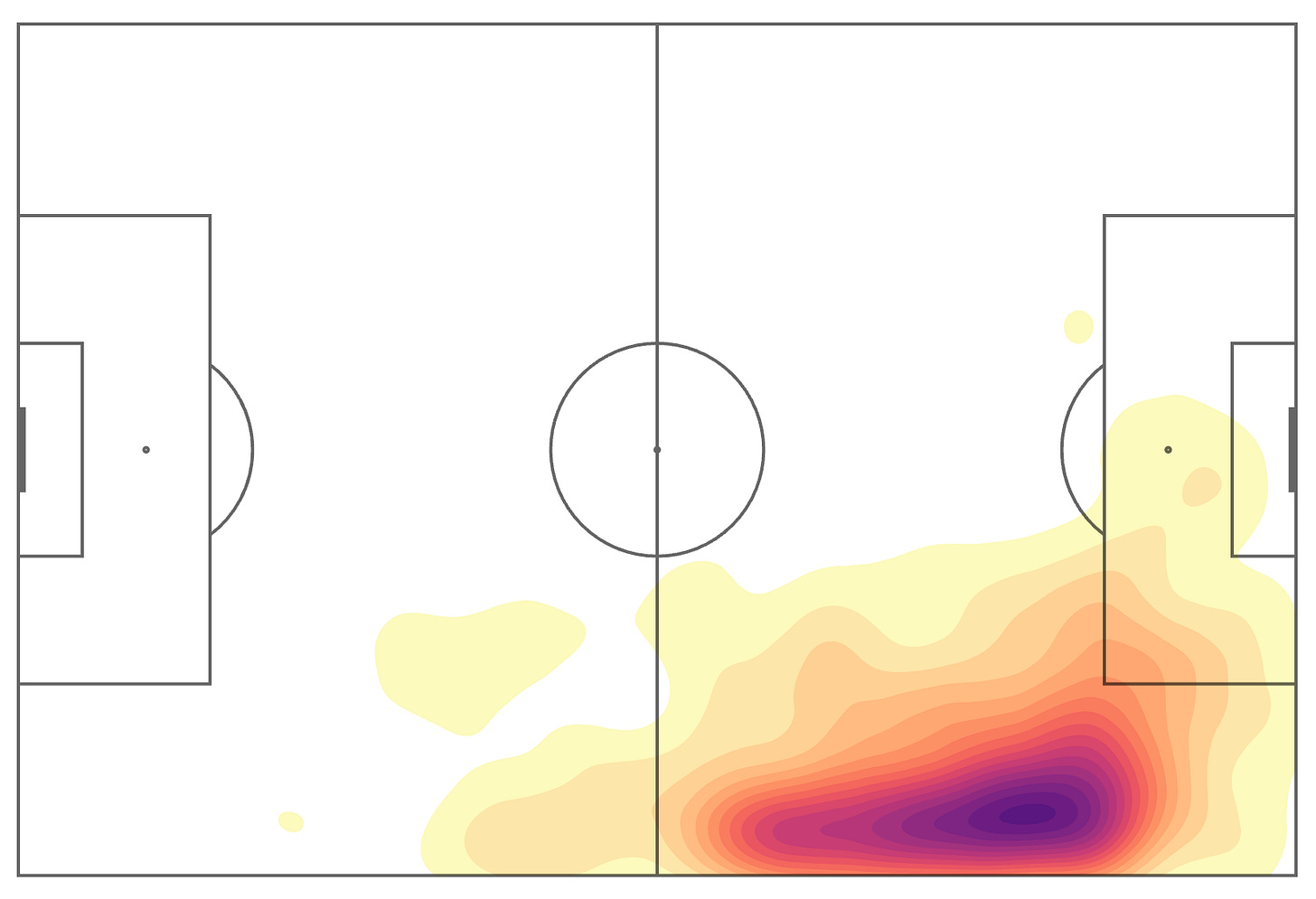
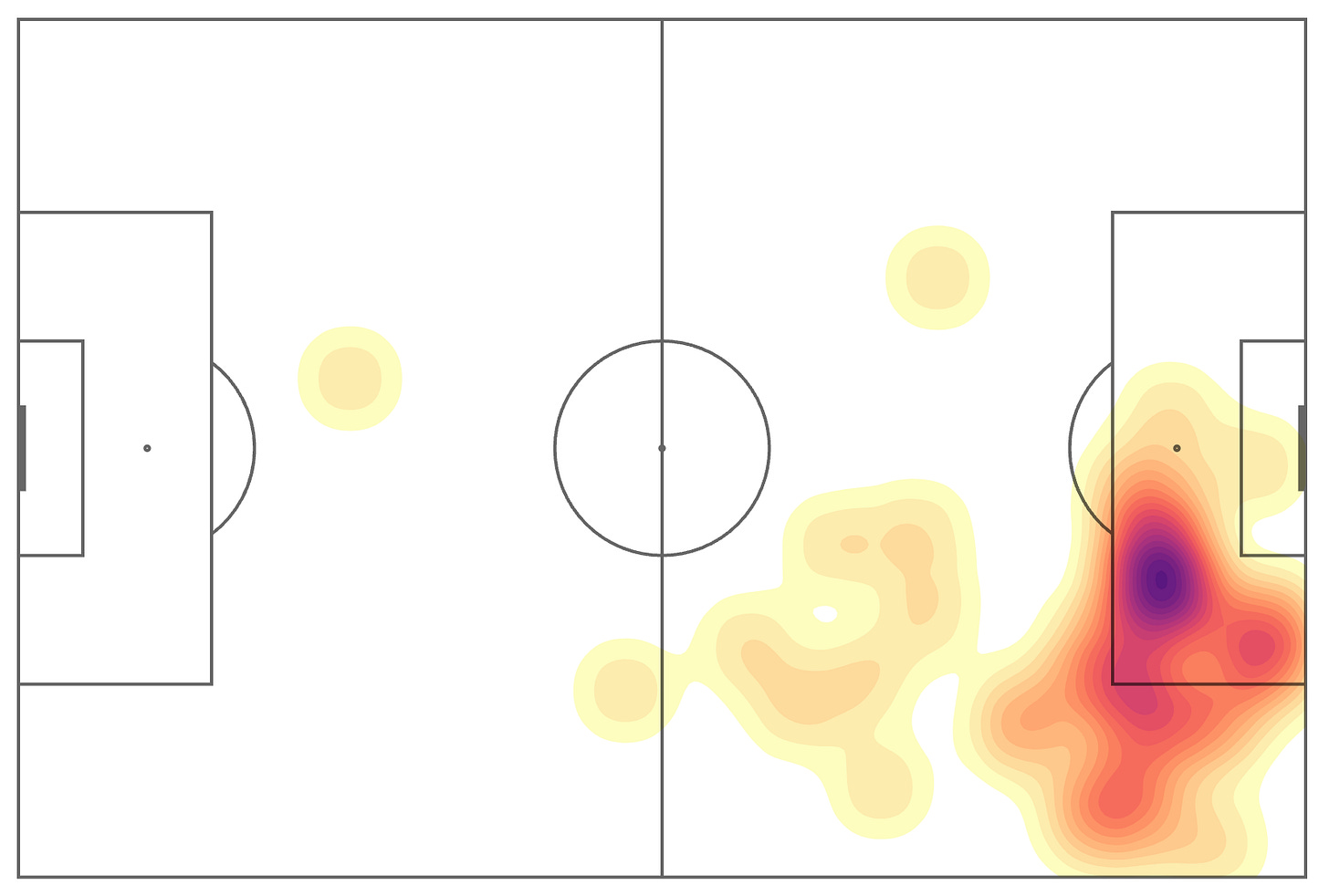
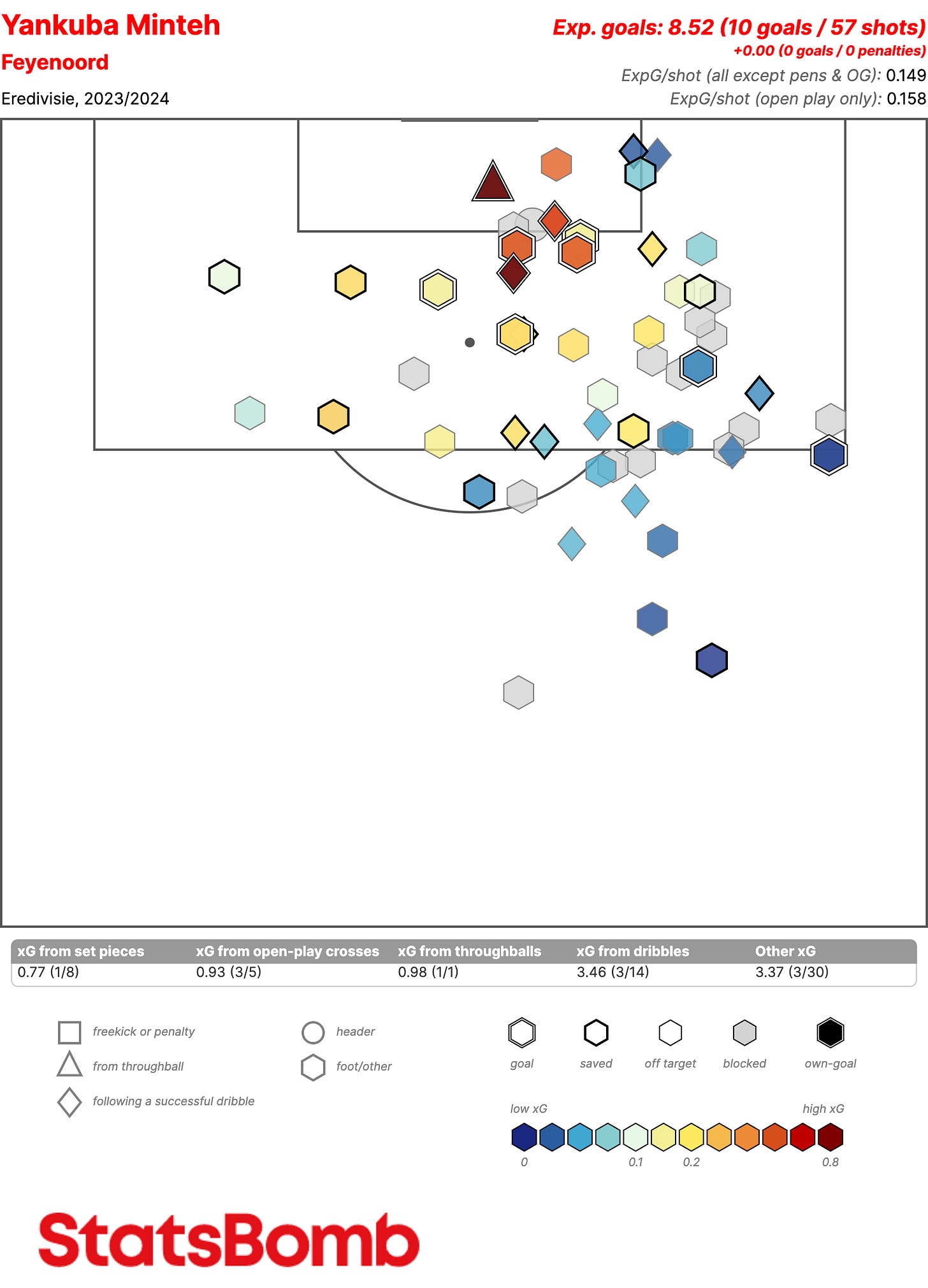
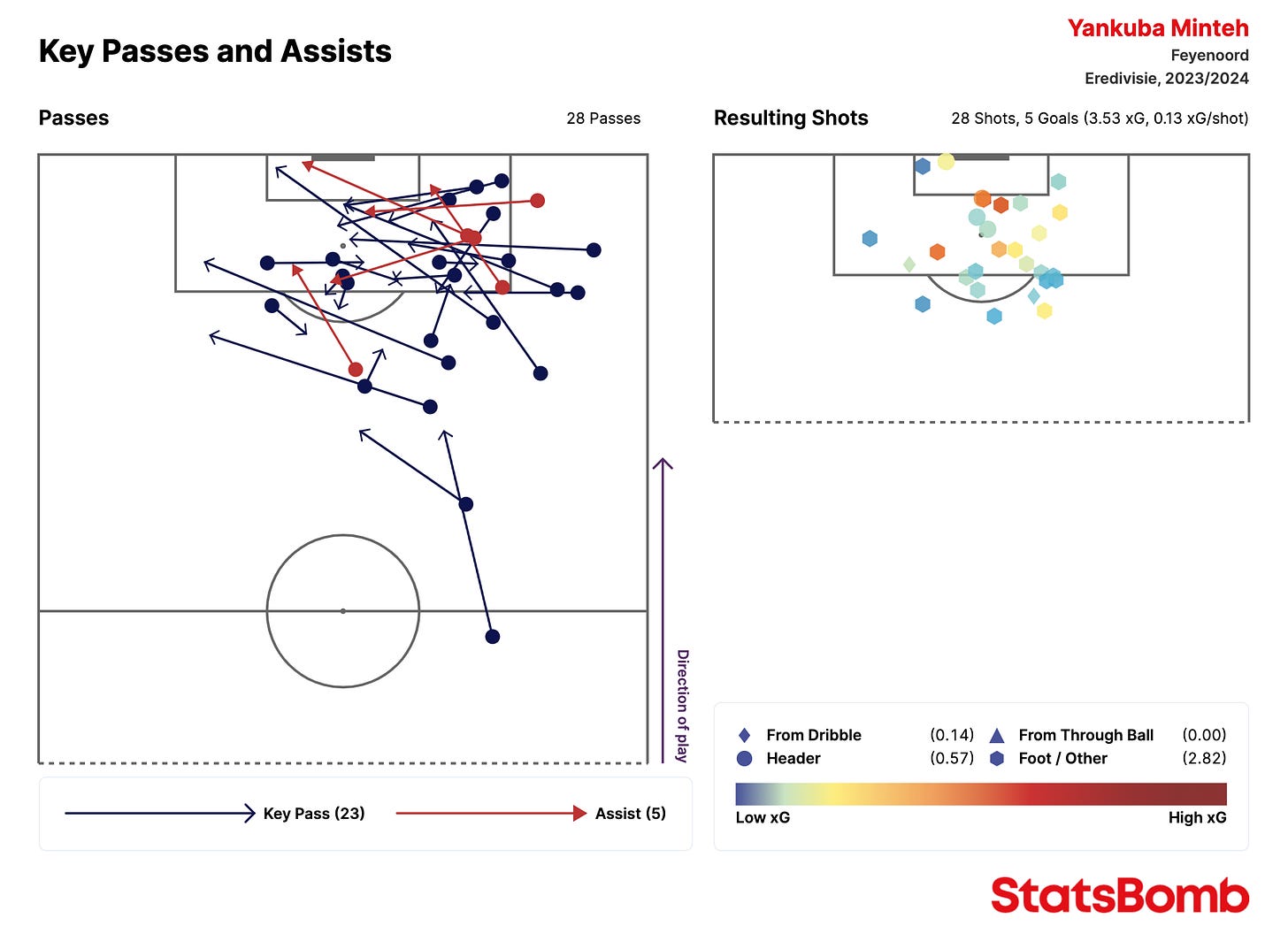
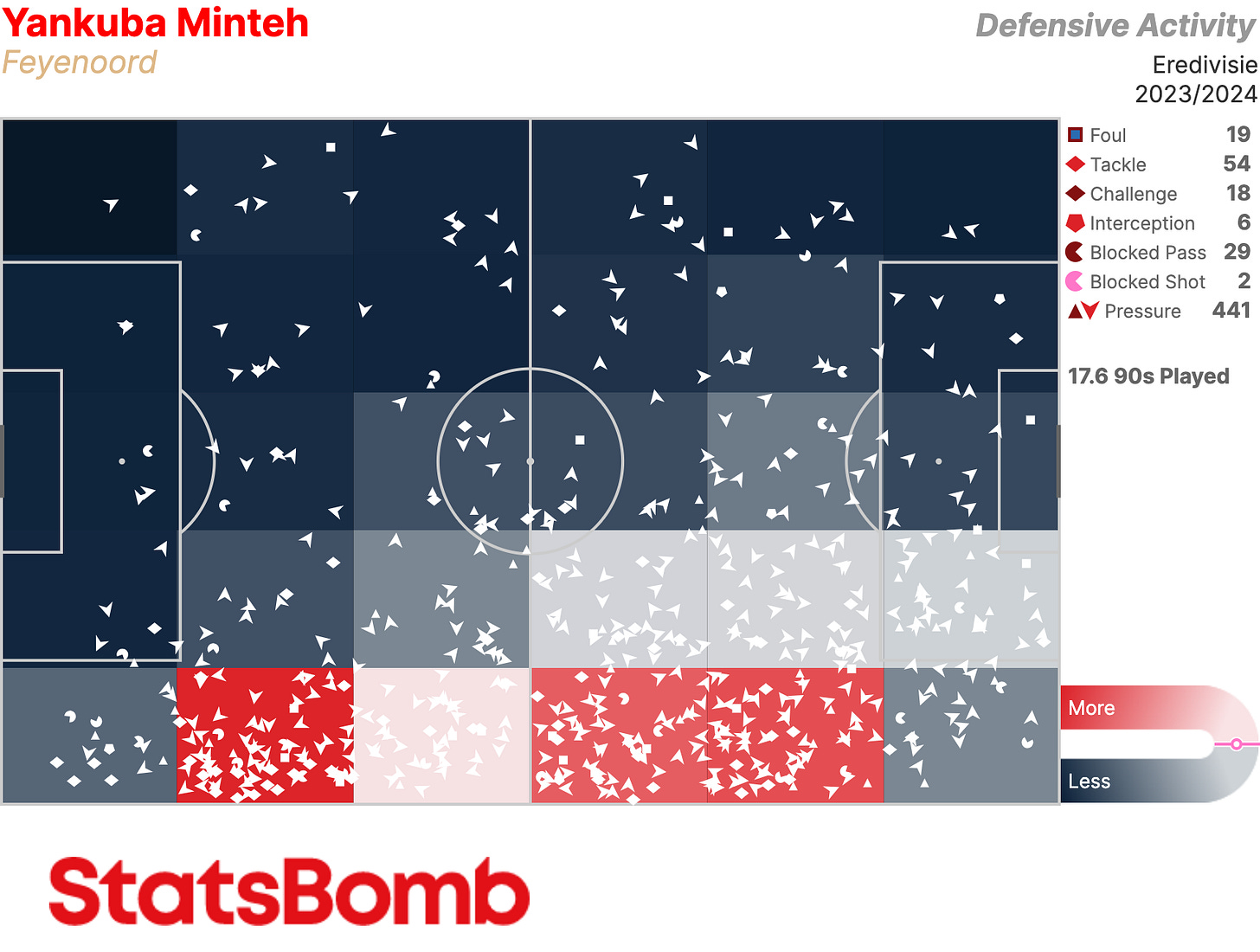
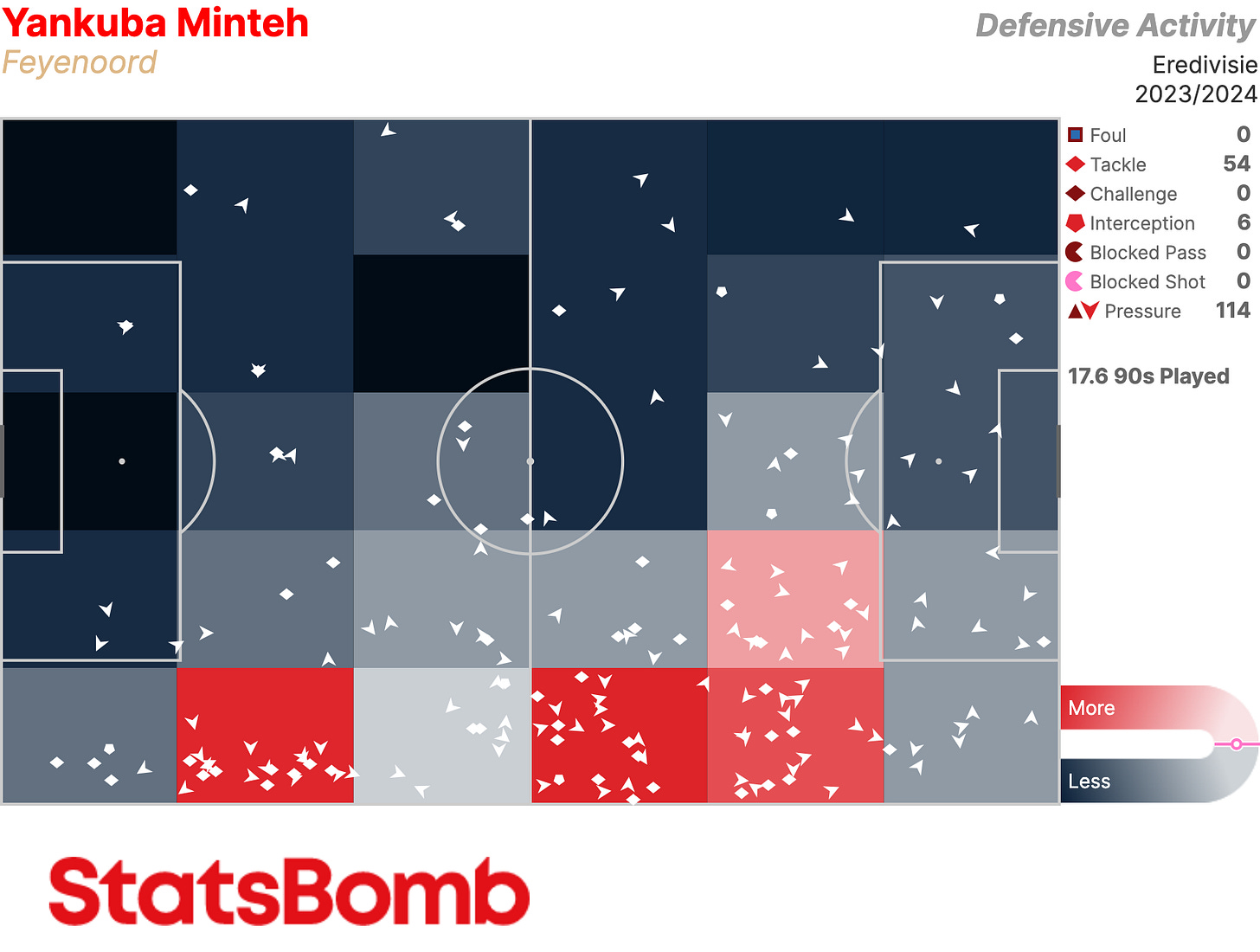
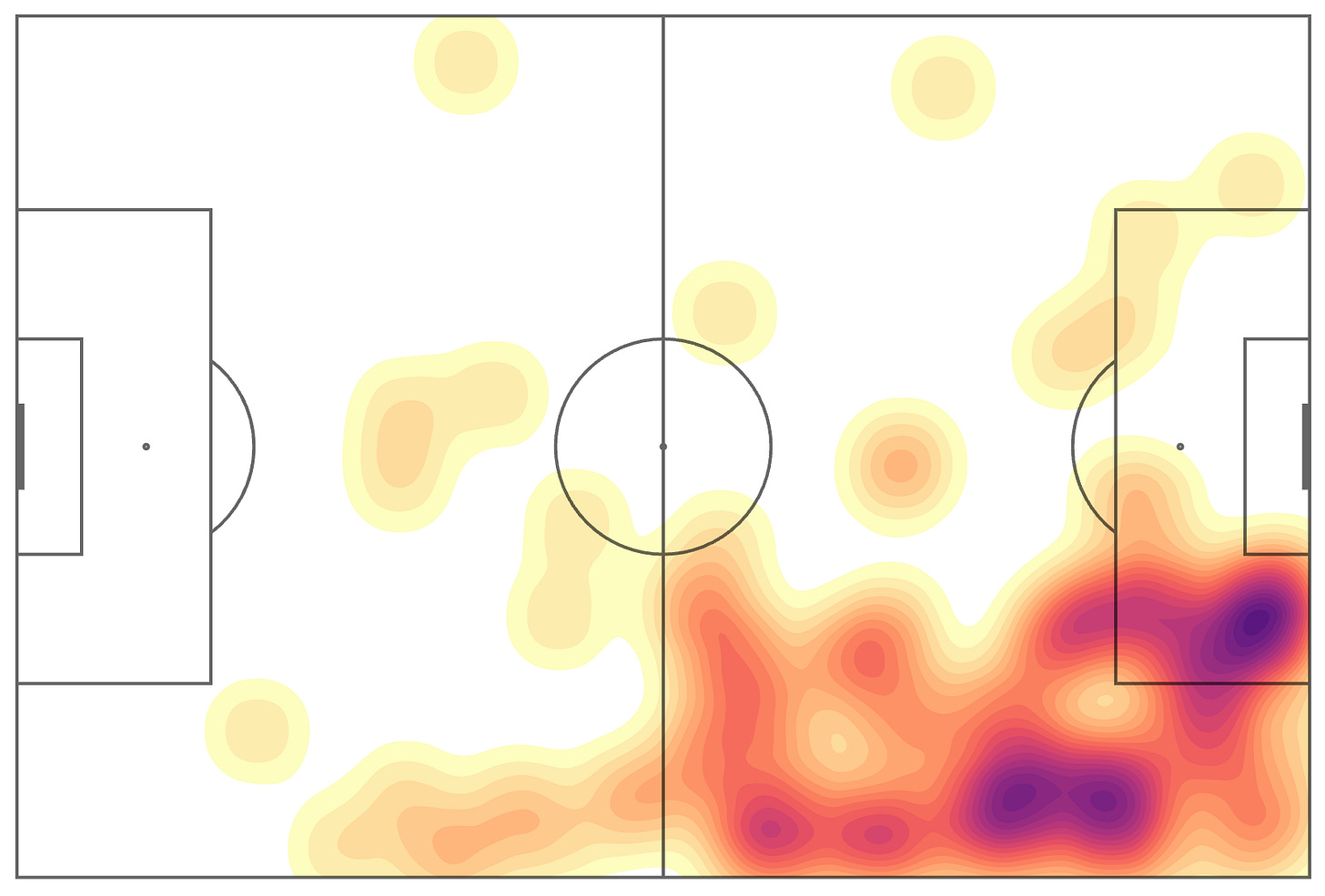
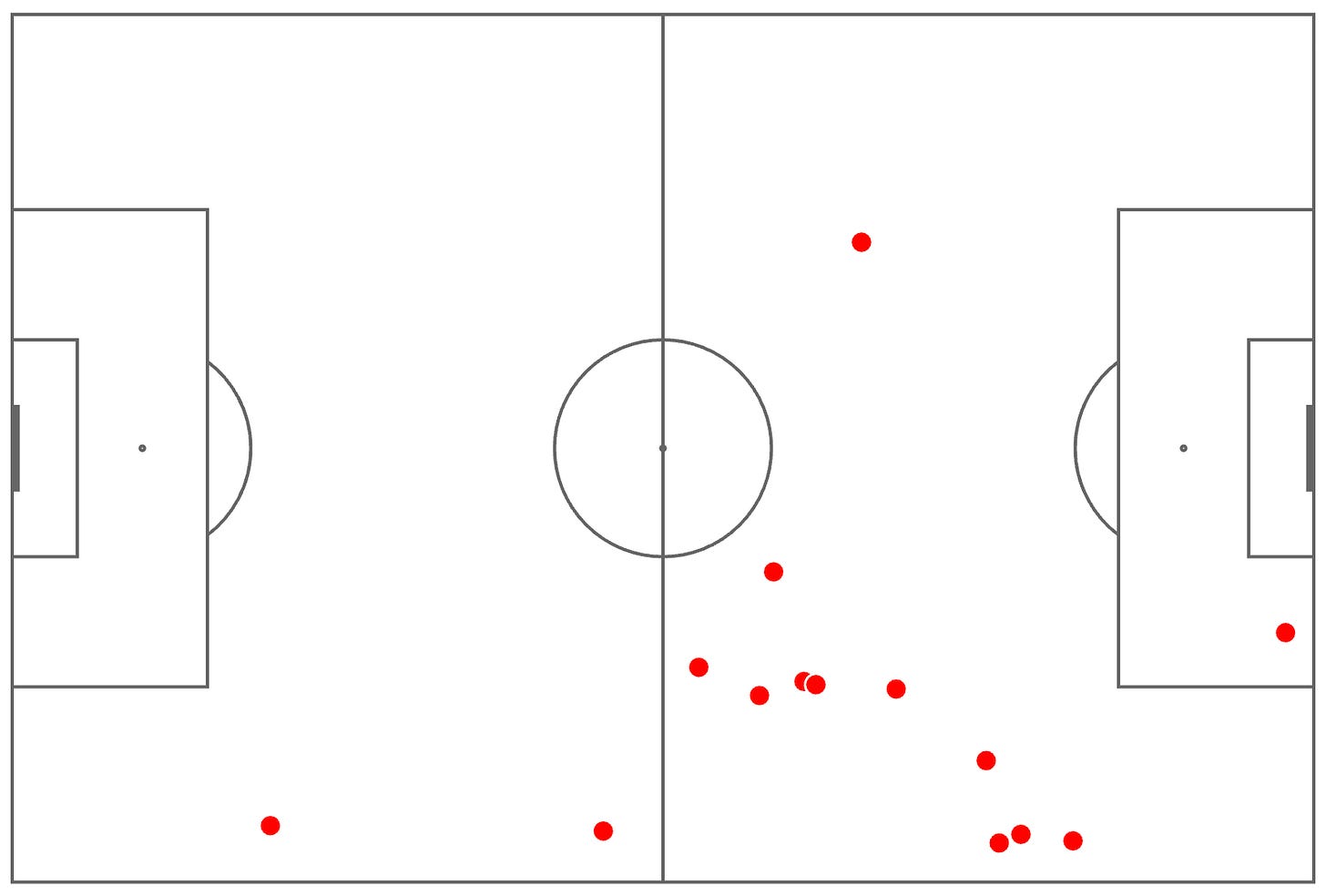
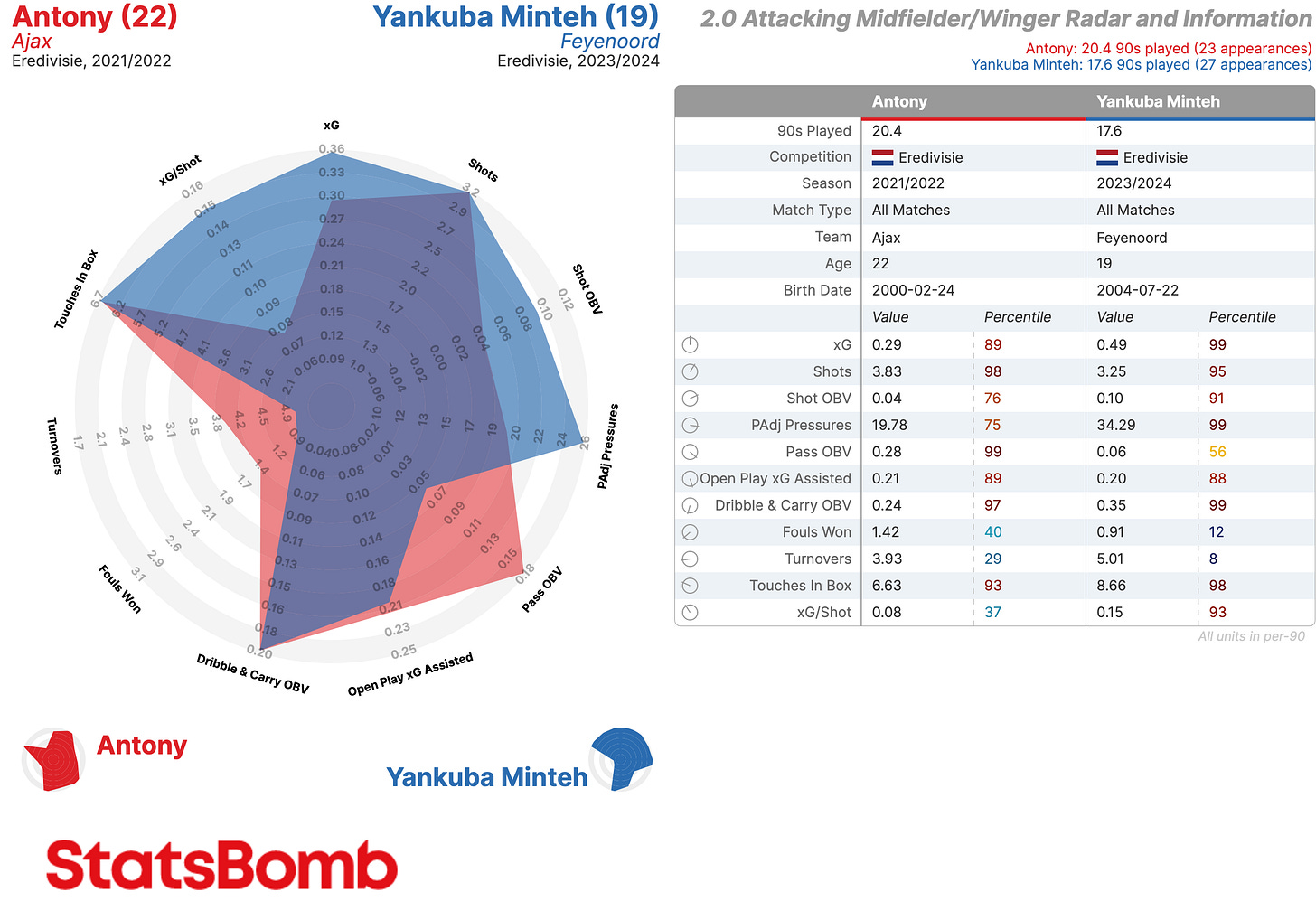
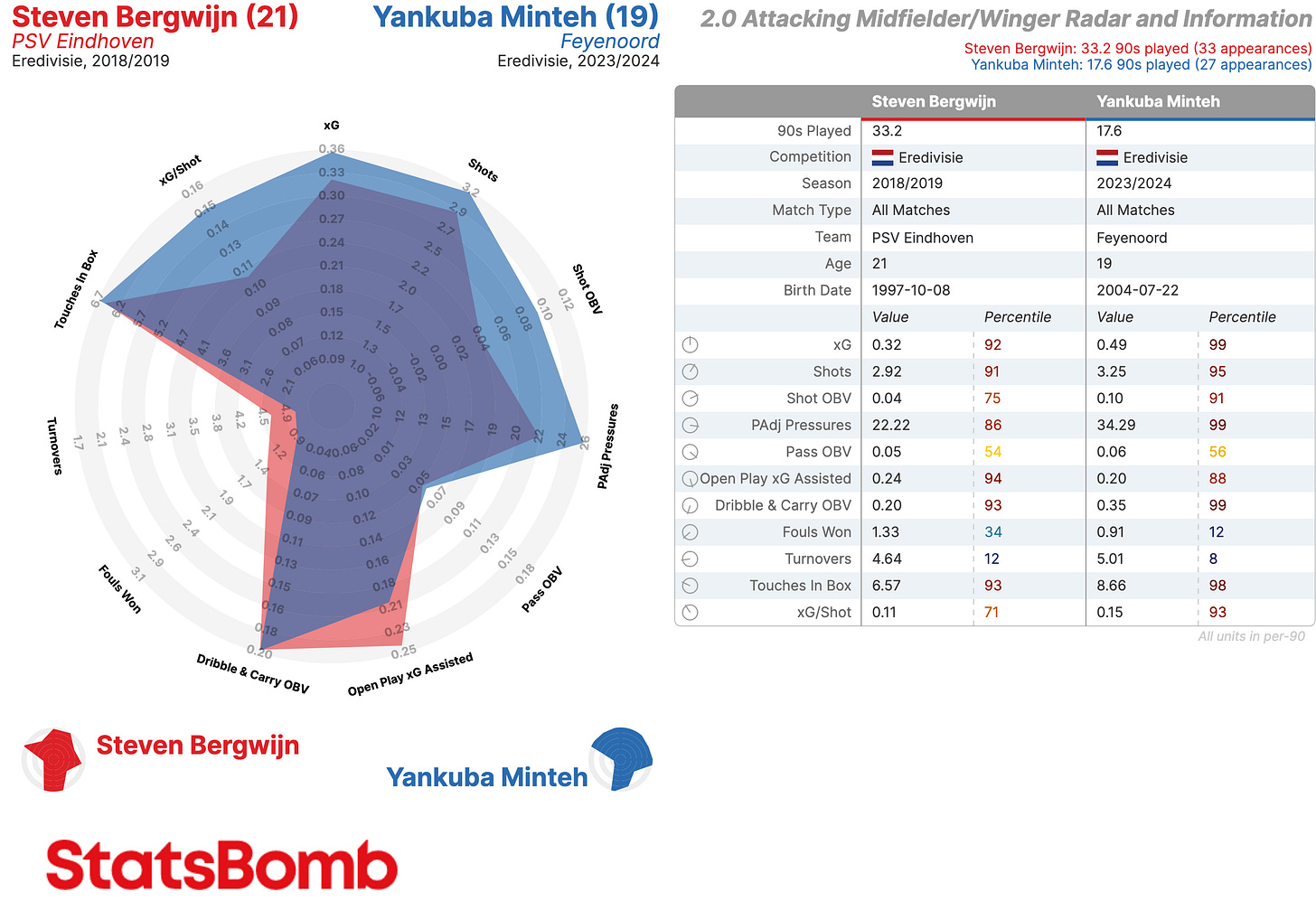
Great stuff Kev do miss your stuff on twitter after I binned it was the only thing keeping me on there. Pleased I’m picking up your stuff on here. 👍